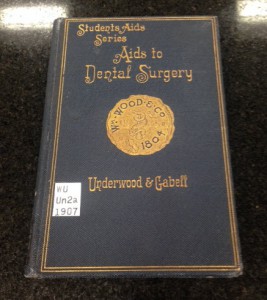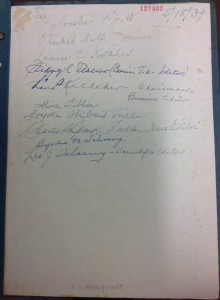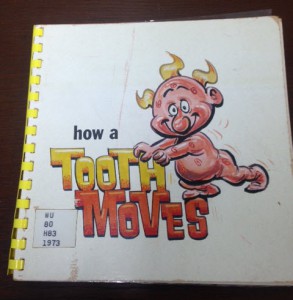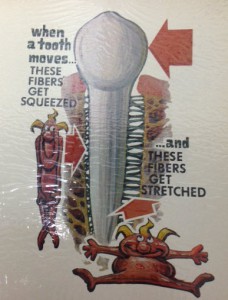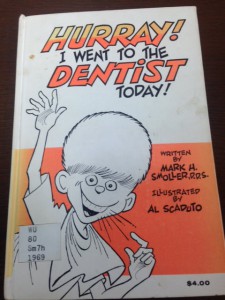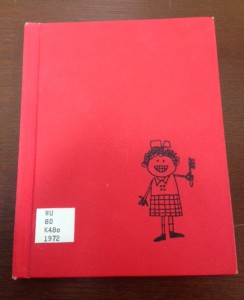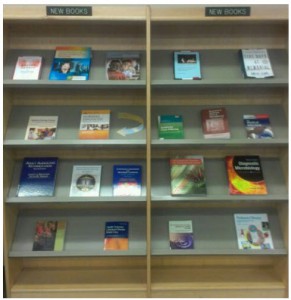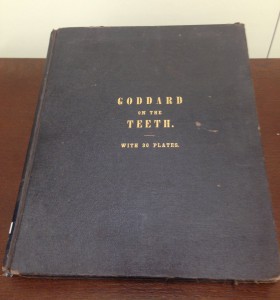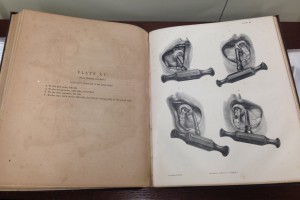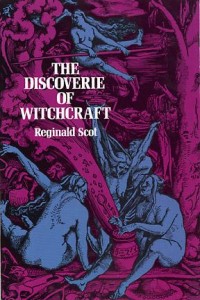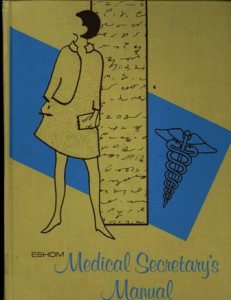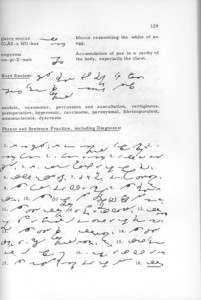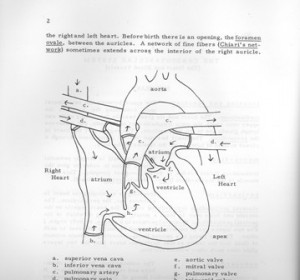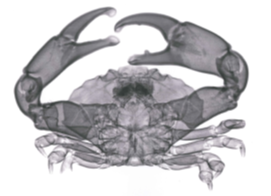New Year, New Books!
The Isché Library is starting 2017 by featuring new books and E-books! Some of these books are required for Spring 2017 classes, so come and see if one of your textbooks is on display.
The display is located near the 3rd floor elevator. Subjects include nursing research & theory, physiopathology, genetics, data systems, rehabilitation, neuroscience, orthopedics, and more.
These books and many more are available for checkout or online access. If you have questions about checking out a book or accessing an E-book, do not hesitate to ask a library staff member.
- Analyzing and Conceptualizing the Theoretical Foundations of Nursing, 1st ed., by Janice M. Morse.
Textbook for NURS 7307, Spring 2017: Theory Development in Nursing.
This online book was purchased with assistance from LOUIS: The Louisiana Library Network with funds from the Board of Regents e-Textook Project, Affordable Learning LOUISiana. - Arthritis in Black and White, 3rd ed., by Anne C. Brower & Donald J. Flemming.
- Burns and Grove’s the Practice of Nursing Research: Appraisal, Synthesis, and Generation of Evidence, 8th ed., by Jennifer Gray, Susan K. Grove, and Suzanne Sutherland.
- Cancer of the Head and Neck, 5th ed., Edited by Jeffrey N. Myers, Ehab Y.N. Hanna, & Eugene N. Myers.
- A Comprehensive Guide to Geriatric Rehabiliatation, 3rd ed., Edited by Timothy L. Kauffman, Ronald W. Scott, John O. Barr, & Michael L. Moran.
- Current Procedure Codes With RVUs (2017), by the American Medical Association.
- Innovative Teaching Strategies in Nursing and Related Health Professions, 7th ed., Edited by Martha J. Bradshaw & Beth L. Hultquist.
- Kelley and Firestein’s Textbook of Rheumatology, 10th ed., by Gary S. Firestein, Ralph C. Budd, Sherine E. Gabriel, Iain B. McInnes, & James R. O’Dell.
- Measuring the Impact of Interprofessional Education on Collaborative Practice and Patient Outcomes, by the Institute of Medicine (U.S.).
- Neuroscience: Exploring the Brain, 4th ed., by Mark F. Bear, Barry W. Connors, & Michael A. Paradiso.
- Nursing Research: Generating and Assessing Evidence for Nursing Practice, 10th ed., by Denise F. Polit & Cheryl Tatano Beck.
- A Practical Approach to Musculoskeletal Medicine: Assessment, Diagnosis, Treatment. 4th ed., by Elaine Atkins, Jill Kerr, Emily Goodlad; foreword by Oliver Cyriax.
- Precision Medicine: A Guide to Genomics in Clinical Practice, Edited by Jeanette J. McCarthy & Bryce A. Mendelsohn.
- Rheumatology, 6th ed., Edited by Marc C. Hochberg, Alan J. Silman, Josef S. Smolen, Michael E. Weinblatt, & Michael H. Weisman.
- Vestibular Disorders : A Case Study Approach to Diagnosis and Treatment, 3rd ed., by Joseph M. Furman, Stephen P. Cass, & Susan L. Whitney.
Textbook for SPTHAUD 7323, Spring 2017: Advanced Vestibular Testing & Rehabilitation.
This online book was purchased with assistance from LOUIS: The Louisiana Library Network with funds from the Board of Regents e-Textook Project, Affordable Learning LOUISiana.

 myLSUHSC
myLSUHSC